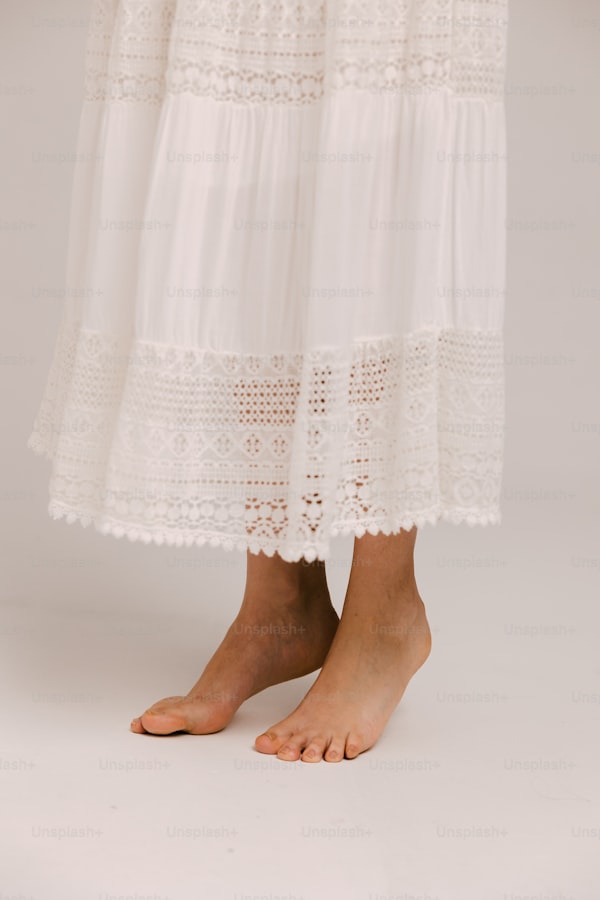Exploring Methods to Create a Stunning Wedding Dress with a Double-Layer Skirt
Exploring Methods to Create a Stunning Wedding Dress with a Double-Layer Skirt
What Methods Are Used to Create a Wedding Dress with a Double-Layer Skirt?
When it comes to designing the perfect wedding dress, one of the most captivating styles is the double-layer skirt. This design not only adds depth and elegance to the wedding attire but also allows for versatility in fabric choice and silhouette. In this article, we will delve into the various methods used to create a wedding dress featuring a double-layer skirt, exploring the techniques, materials, and design processes involved.
Understanding the Double-Layer Skirt Design
A double-layer skirt in a wedding dress typically consists of two distinct layers of fabric that can vary in texture, color, or transparency. This design approach enhances the gown's visual appeal and provides an opportunity for creative expression. The top layer is often made from lighter fabrics, while the underlayer can include heavier materials, thus creating a stunning contrast that catches the eye.
Materials Commonly Used
Choosing the right materials is crucial when creating a wedding dress with a double-layer skirt. The choice of fabric will affect the gown's overall look, feel, and flow. Here are some popular materials:
- Chiffon: Lightweight and flowing, chiffon is perfect for the top layer.
- Tulle: Often used for a dramatic effect, tulle adds volume and can be layered for texture.
- Satin: A heavier fabric that adds structure to the skirt.
- Lace: Commonly used for the top layer to create a romantic look.
| Fabric | Characteristics |
| Chiffon | Lightweight, airy, creates a soft silhouette |
| Tulle | Stiff and voluminous, for layered looks |
| Satin | Smooth, luxurious with a heavier drape |
| Lace | Delicate and intricate, adds texture and romance |
Design Techniques for Double-Layer Skirts
The method of constructing a wedding dress with a double-layer skirt involves several design techniques. Here are a few fundamental approaches:
Layered Skirt Construction
This technique involves sewing two distinct layers together, usually beginning with the underlayer as the foundation. The top layer can be hemmed or styled differently, allowing for various aesthetics. Employing this method allows designers to play with hemlines, including asymmetrical cuts.
Gathered or Pleated Designs
Gathering or pleating the fabric adds fullness to the skirt, giving it a more voluminous appearance. In this case, the skirt layers are often gathered at the waist, with the two layers meeting seamlessly to create a smooth transition from one fabric to another.
Transparency and Sheer Effects
Utilizing sheer fabrics like tulle or organza for the top layer can create an ethereal effect. This technique is particularly appealing for brides looking for a romantic look. The underlayer can be more solid in color, contrasting beautifully with the delicate top layer.

Choosing the Right Silhouette
Beyond fabric and construction methods, the silhouette greatly impacts how the double-layer skirt will appear. Common silhouettes that work well with this design include:
- A-line: Flattering on all body types, this silhouette gradually flares from the waist.
- Ballgown: A dramatic choice with a fitted bodice and a voluminous skirt.
- Mermaid: Fitted through the body and flaring at or below the knee, allowing for a striking contrast with a double-layer effect.
Customization and Personalization
Creating a wedding dress with a double-layer skirt allows for significant customization. Brides can personalize their gowns in the following ways:
- Color Choice: Experimenting with different colors for each layer can provide a unique touch. For instance, a soft blush under layer with a white lace overlay can create a romantic aesthetic.
- Embellishments: Adding beads, sequins, or embroidery can enhance the dress's beauty and make it truly one-of-a-kind.
- Tailoring: Custom tailoring to fit each bride's dimensions ensures comfort and a perfect fit.
Trendy Inspirations for 2024
As we look towards 2024, current trends in Wedding dresses with double-layer skirts include:
- Mixed Fabrics: Combining different materials such as lace and satin in the skirt.
- Color Gradients: Utilizing ombre effects for a striking visual appeal.
- Bouffant Layers: Incorporating multiple tulle layers for extra volume.
Challenges in Creating a Double-Layer Skirt
While the double-layer skirt design offers breathtaking aesthetics, it also presents challenges during the creation process:
- Weight Management: Controlling the weight of layers can be tricky, ensuring comfort for the bride.
- Layer Integration: Ensuring that two layers blend seamlessly without bulk at the waist can be difficult.
- Fabric Choices: Selecting fabrics that complement each other while maintaining their individual qualities is essential.
Conclusion
In conclusion, creating a wedding dress with a double-layer skirt involves a variety of methods and materials that enable designers to craft breathtaking pieces. From selecting the right fabrics to employing advanced construction techniques, each step is crucial in achieving a stunning gown that resonates with the bride's vision. As trends evolve, there are countless opportunities for personalization, allowing each bride to create a unique reflection of her style. For those considering a double-layer skirt, take note of the importance of comfort alongside aesthetics, and don't hesitate to collaborate closely with a skilled designer to bring your dream wedding dress to life.
